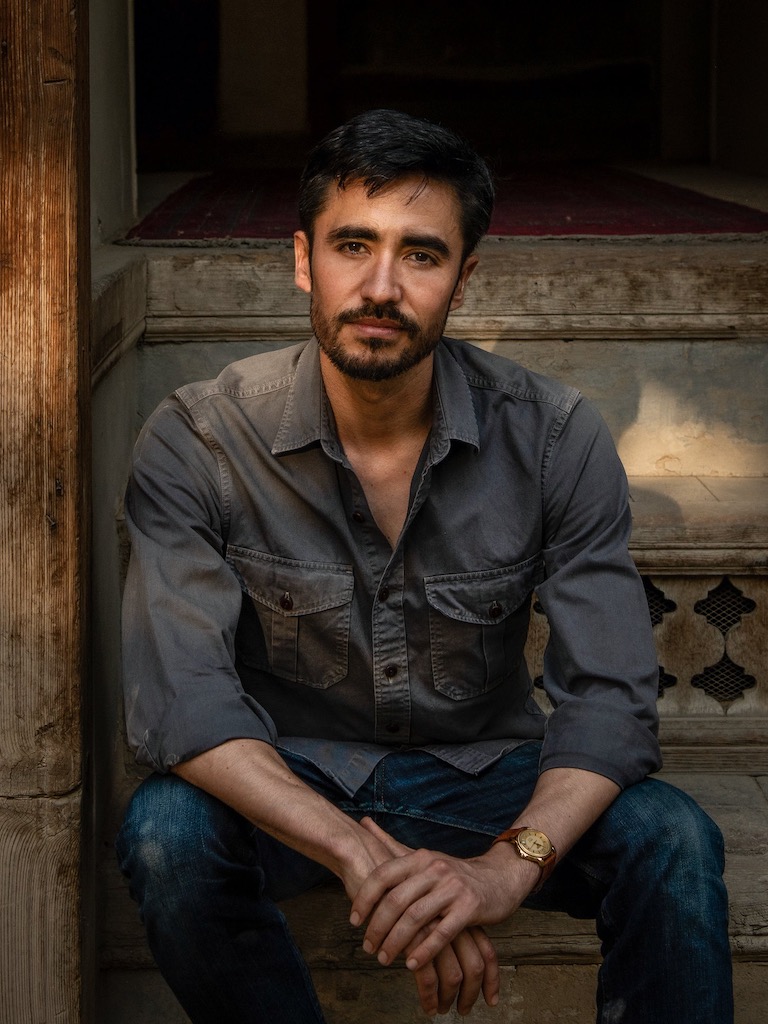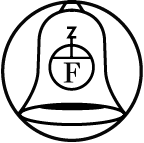
Bookshops accepting pre-orders for Rombo.
London
Bristol
Scotland
U.K. – Nationwide
Ireland

Bookshops accepting pre-orders for Rombo.
London
Bristol
Scotland
U.K. – Nationwide
Ireland
To celebrate Independent Bookshop week, we asked some of our authors what their favourite independent bookshops are:
Daisy Hildyard, Interesting Books
Interesting Books is a small space on a narrow street in the far north of England, not far from the border with Scotland. It’s in a town, not a city. The range of books is considered, mostly contemporary publishing from interesting independent presses: whoever chooses the books there clearly loves to read. When I went in, the man behind the desk was chatting with the other customers, it felt welcoming.
Vanessa Onwuemezi, Brick Lane Books
Brick Lane Books has a unique selection of literature within which I always find something to surprise me. And now the staff there run an increasingly important short story prize. It’s in a part of London close to my heart, as I spent some of my teenage years on Brick Lane while there was still a music scene there, rubbing shoulders with my favorite musicians and yet to discover new ones.
Joanna Pocock, The Broadway Bookshop
Walking into The Broadway Bookshop in Hackney is an inoculation against the world of algorithms, against the power of faceless AI and Big Tech that dictates ‘if you liked that, then you might like this’. Independent bookshops are part of the landscape that allows for a healthy literary ecosystem. I have lost track of the number of books I have read and loved that have been recommended to me by Tom or Janie or any of the people working in The Broadway Bookshop. I visit as much for the books as I do for the conversations I have with the people who work there. My life would be so much poorer without it.
Katharina Volckmer, Lutyens & Rubinstein
My favourite indie bookshop is Lutyens & Rubinstein. I feel a rush of solidarity every time I see the name which must get misspelled just as often as my own. It’s the bookshop that’s closest to my work and I love going there during my lunch breaks, stare at new covers and fantasise about a life that could be spent just reading books. And I also love listening to Claire’s very honest opinions about the latest publications which helps me manage my own unmanageable reading list.
Indie Twinning Week, Toppings & Company Booksellers of Edinburgh
For indie twinning week we are delighted to partner with Toppings & Company Booksellers of Edinburgh. This beautiful bookshop, housed in a William Playfair building, holds a wonderfully varied selection of fiction and non-fiction. The booksellers are knowledgeable and passionate – you are bound to leave the shop with a book you didn’t know you wanted.
All the independent bookshops listed on this page are open for online orders.
International retailers accepting orders of The Naked Don’t Fear The Water
India:
Singapore:
Thailand:
France:
Paris:
Spain:
Ireland:
Brussels:
Antwerp:
Ljubljana:
Croatia:
Prague:
Sweden:
Lithuania:
Germany:
Amsterdam:
Upsalla, The Uppsala English Bookshop
Stockholm:
Soderbokhandeln Hansson & Bruce
Australia:
Aotearoa New Zealand:
20 April – Daisy Hildyard in conversation with Alice Tarbuck at Portobello Bookshop, Edinburgh
4 May – Daisy Hildyard in conversation with Stu Hennigan at Wetherby Library
5 May – Daisy Hildyard at Truman Books, Leeds
11 May – Daisy Hildyard in conversation with Katharine Kilalea at Foyles, Charing Cross
17 May – Daisy Hildyard in conversation with Samantha Walton at Bookhaus, Bristol
25 May – Daisy Hildyard at Outwith Books, Glasgow.
16 June – Reading at Bold Tendencies with Matthew McNaught.
27 August – Daisy Hildyard at Edinburgh International Book Festival. Link tbc.
We are delighted to be welcoming Fernanda Melchor to the United Kingdom for her book tour for PARADAIS.

22 March – Matthieu Aikins in conversation with Jon Lee Anderson at Reference Point
–
–
29 March – Matthieu Aikins Book Launch at ISHKAR
–
6 April – Evenings with an Author: Matthieu Aikins at American Library in Paris
–
9 April – Matthieu Aikins in conversation with Tamar de Waal at deBALIE in Amsterdam
–
9 March – Kirsty Bell in conversation with Lavinia Greenlaw at Waterstones Gower Street.
10 March – The Undercurrents Book Launch at 4th Floor, 130 Tyers Street, Vauxhall Pleasure Gardens, London SE11 5HS. Please RSVP to joely@fitzcarraldoeditions.com.
14 March – Kirsty Bell in conversation with Honor Gavin at Village Books, Manchester.
2 March – Claudia Durastanti in conversation with Tice Cin at Burley Fisher
3 March – Strangers I Know launch at Hoxton Books. Please RSVP to clare@fitzcarraldoeditions.com.
4 March – Claudia Durastanti in conversation with Carlos Fonseca at Winstanley Lecture Hall, Trinity College Cambridge. Please RSVP to cf432@cam.ac.uk
Bookshops accepting pre-orders for Paradais
London
Daunt Books – all branches. You may pre-order by stopping in a branch or ringing them.
Bristol
Scotland
U.K. – Nationwide
European Union
Ireland
Bookshops accepting pre-orders for The Books of Jacob.
London
Bristol
U.K. – Nationwide
European Union
France
Ireland
